10 Natural Remedies That May Help Relieve Joint Pain

Joint pain doesn’t just slow you down—it can steal the joy from everyday moments, turning simple tasks into aching challenges. While medications have their place, many are discovering the powerful, long-lasting relief that comes from natural remedies rooted in tradition and backed by science. Whether you’re managing arthritis, old injuries, or mysterious flare-ups, gentle but effective alternatives exist outside the pharmacy aisle. From golden spices to mindful movement, nature offers a toolkit for easing discomfort and restoring mobility. Ready to reclaim your stride? These 10 natural remedies might just be the missing piece in your pain-relief puzzle—and they actually work.
1. Low-Impact Exercise: Gentle Movement, Powerful Results

Movement might seem counterintuitive when joints hurt, but the right kind strengthens supporting muscles and improves flexibility. Swimming provides excellent resistance while water supports your weight, making it nearly pain-free.
Walking on soft surfaces like grass or tracks builds stamina without jarring sensitive joints. Yoga and tai chi combine gentle stretching with mindfulness, creating a dual benefit for body and mind.
Just 20 minutes daily can significantly reduce stiffness and discomfort. Remember to start slowly and listen to your body – mild discomfort during exercise is normal, but sharp pain means you should stop.
2. Hot and Cold Therapy: Temperature Tactics for Pain Management
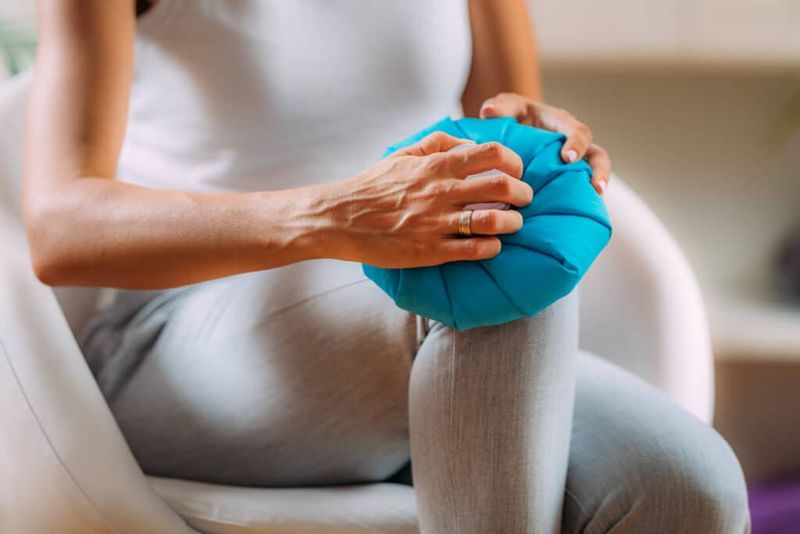
Heat and cold serve different purposes in the battle against joint discomfort. Warm compresses or heating pads increase blood flow, loosening tight muscles and reducing morning stiffness. A 15-minute heat session before activity can make movement easier.
Cold therapy shines after activity or during flare-ups. Ice packs constrict blood vessels, numbing pain and reducing swelling. Alternating between hot and cold treatments often provides greater relief than either alone.
Create a simple cold pack by wrapping frozen peas in a thin towel – it conforms perfectly to joint contours. For heat, try a warm shower or bath for full-body relief.
3. Mindfulness Practices: Mental Techniques for Physical Pain

The mind-body connection plays a crucial role in how we experience pain. Regular meditation reduces stress hormones that can worsen inflammation. Even five minutes daily helps calm your nervous system’s pain response.
Deep breathing exercises activate your parasympathetic nervous system – your body’s natural relaxation mode. Try breathing in for four counts, holding for two, then exhaling for six. This simple pattern can interrupt pain signals during flare-ups.
Progressive muscle relaxation involves tensing then releasing each muscle group, helping identify and release hidden tension that contributes to joint discomfort. These practices work best when used consistently, not just during painful episodes.
4. Anti-inflammatory Foods: Healing Your Joints Through Diet
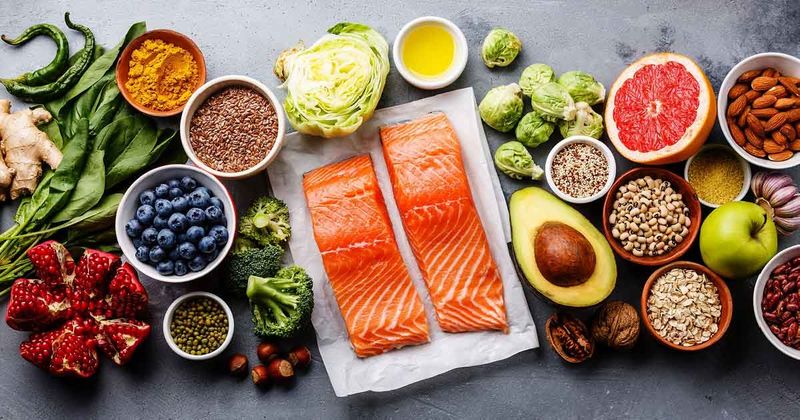
What you eat directly affects inflammation levels throughout your body. Colorful berries contain antioxidants that fight the free radicals contributing to joint deterioration. Fatty fish like salmon deliver powerful omega-3s that help suppress inflammatory proteins.
Leafy greens provide vitamin K, which helps regulate inflammatory responses. Extra virgin olive oil contains oleocanthal, a compound with effects similar to ibuprofen but without the digestive side effects.
Walnuts, flaxseeds, and chia seeds offer plant-based omega-3s for those who don’t eat fish. For best results, focus on adding these foods regularly rather than occasional consumption – consistency matters more than quantity.
5. Turmeric Power: The Golden Spice That Fights Inflammation
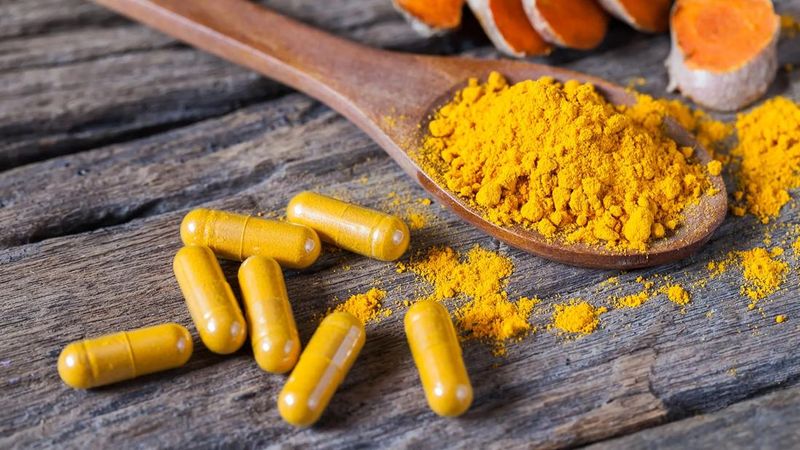
Turmeric’s active compound, curcumin, blocks inflammatory pathways at the molecular level. Studies show it can match some prescription anti-inflammatories for effectiveness in certain conditions. The bright yellow powder adds earthy flavor to soups, smoothies, and golden milk.
Black pepper’s piperine increases curcumin absorption by up to 2000%. Adding a pinch whenever you use turmeric maximizes benefits. Healthy fats also enhance absorption, making turmeric sautéed in olive oil more effective than in water-based preparations.
For therapeutic doses, supplements may be necessary – look for products with enhanced bioavailability. Start with 500mg daily and increase gradually while monitoring your body’s response.
6. Ginger Benefits: Spicy Relief for Achy Joints
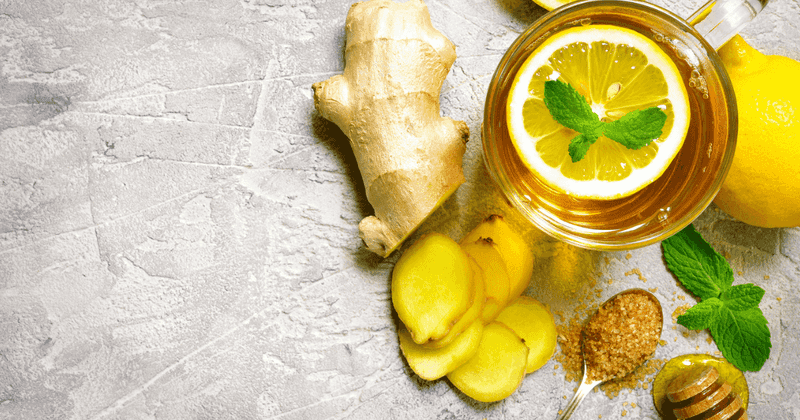
Ginger contains gingerols and shogaols that block inflammation-causing enzymes while reducing pain sensitivity. Fresh ginger delivers the highest concentration of active compounds compared to dried or powdered forms.
Steep three thin slices in hot water for 10 minutes to create a soothing tea that eases morning stiffness. For continuous benefits, aim for 1-2 grams daily through food or supplements.
Unlike many pain remedies, ginger actually improves digestive function while fighting pain. This makes it particularly valuable for people who experience stomach upset with conventional pain relievers. Try grating fresh ginger into stir-fries, smoothies, or dressings for daily intake without pill fatigue.
7. Boswellia: Ancient Resin with Modern Applications
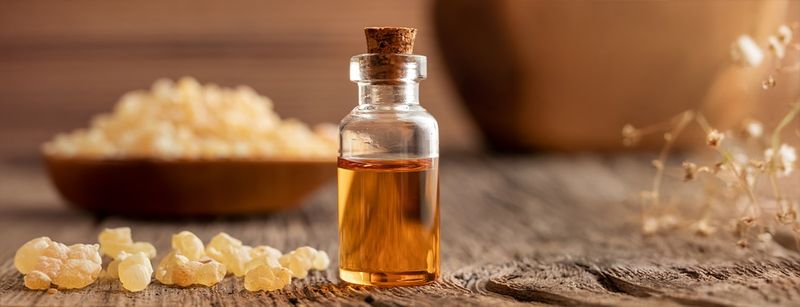
Known biblically as frankincense, Boswellia serrata resin contains boswellic acids that specifically target inflammatory pathways involved in joint deterioration. Unlike some treatments that work temporarily, studies show Boswellia may actually slow cartilage loss over time.
Traditional Ayurvedic medicine has used this tree resin for centuries to treat various inflammatory conditions. Modern research confirms its ability to inhibit inflammatory enzymes while providing antioxidant protection to joint tissues.
Typical effective doses range from 300-400mg three times daily. Results typically appear after 4-8 weeks of consistent use. Look for products standardized to contain at least 60% boswellic acids for maximum effectiveness.
8. Apple Cider Vinegar: The Sour Power
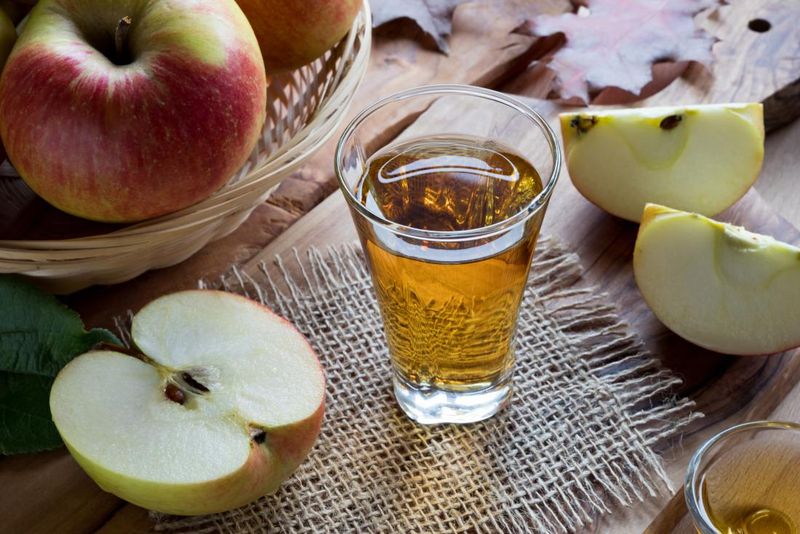
Apple cider vinegar, often hailed as a cure-all, holds a special place in natural joint pain remedies. This tangy liquid is believed to remove toxins from the body and reduce inflammation.
Incorporating a tablespoon of apple cider vinegar into your daily routine, whether in water or as a salad dressing, can aid in joint health. Its potassium content supports the removal of toxins, potentially reducing pain and swelling.
The taste might be an acquired one, but the potential benefits make it worth a try. Pair it with honey for a sweeter intake, and witness the sour power in action.
9. Herbal Joint Soothers: Plant-Based Pain Management
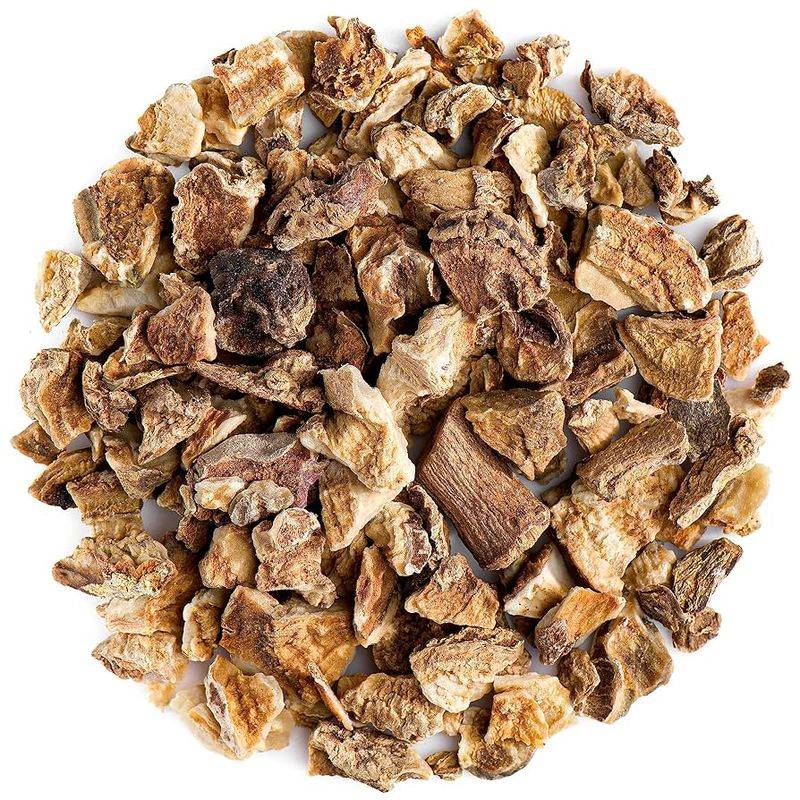
Devil’s claw root contains harpagosides that reduce pain and inflammation comparable to some prescription medications. This African herb works particularly well for lower back and knee discomfort, with benefits appearing after 2-3 weeks of consistent use.
Cat’s claw bark, from the Amazon rainforest, contains immune-modulating compounds that help regulate overactive inflammatory responses. It’s especially helpful for autoimmune-related joint pain like rheumatoid arthritis.
Thunder god vine, used in traditional Chinese medicine, powerfully suppresses inflammatory cytokines. However, its narrow therapeutic window requires careful dosing and quality control. Always choose standardized products from reputable companies and consult healthcare providers, especially when combining herbs with medications.
10. Topical Solutions: Direct Relief Where You Need It
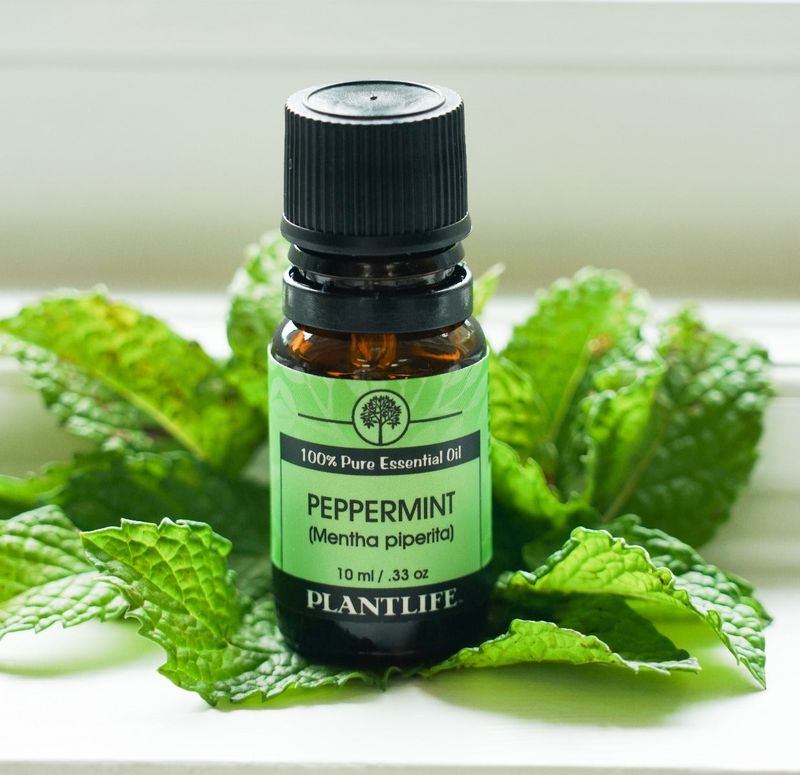
Capsaicin, derived from hot peppers, depletes substance P – a pain transmitter – when applied regularly. The initial warming sensation gradually transitions to meaningful pain reduction. Apply 3-4 times daily for best results, but wash hands thoroughly after application.
Essential oils like eucalyptus, peppermint, and wintergreen create cooling sensations that override pain signals. Dilute with carrier oils like coconut or jojoba (about 15 drops per ounce) before applying to prevent skin irritation.
CBD-infused creams offer localized anti-inflammatory effects without systemic absorption. Look for products containing 250-750mg CBD per ounce for therapeutic potency. These topicals work best on joints close to the skin surface like knees, hands, and ankles.

Comments
Loading…